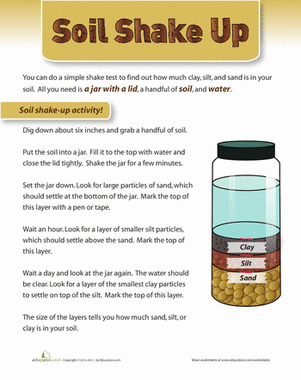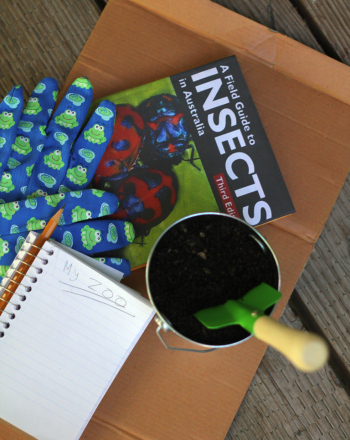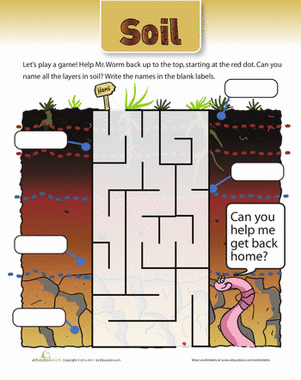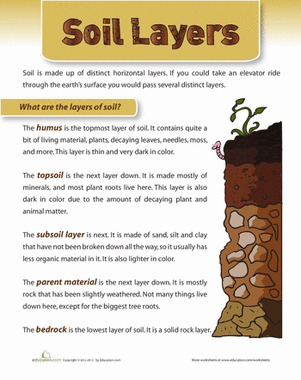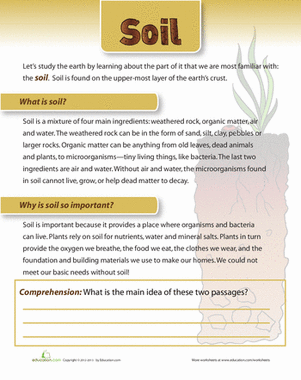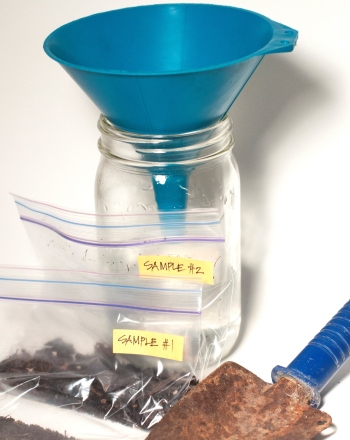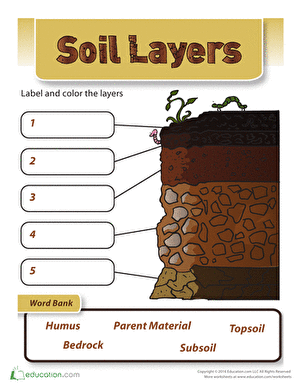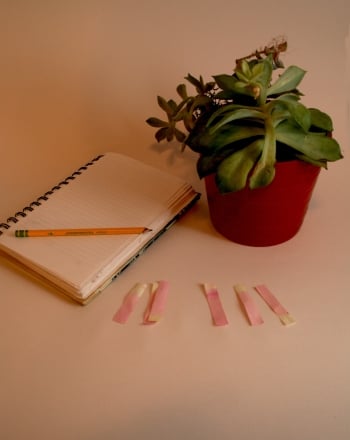Activity
Soil Composition
The soil composition in people’s backyards contains minute particles of magnetic material called rare-earth metals. Larger quantities of rare-earth metals lie in deep underground. The particles belong to a class of magnetic materials called ferrites that are formed in igneous (made by heat) rocks. Presence of particles in a soil composition suggests larger deposits of that metal nearby. In this project, the independent variable is the location of the soil sample, and the dependent variable is the resultant metallic material drawn from the soil. The constants include the magnet, the jar, the water and other conditions.
Problem:
How many metallic particles are in your local soil?
Materials:
- A horseshoe magnet
- String
- Plastic wrap
- Twist-tie fastener
- Two wide-mouth jars (similar to 16 oz canning jars)
- Garden spade
- Paper towels
- Magnifying glass
- Soil samples (Choosing samples from several sites offers good comparisons and opportunities to conjecture about local geology)
- Kitchen or science lab scale
Procedure:
- Dig several spades of dirt from the backyard and set aside.
- Dig samples from other locations nearby like a popular park, a hiking trail, a golf course, etc.
- Label the samples.
- Cut a length of string and tie to the interior bend of the magnet so that the poles hang straight down.
- Cut a swath of plastic wrap and pull tight over the poles and up toward the string, fastening with a twist-tie.
- Fill both bottles with the same amount of clean water.
- Scoop about two inches of soil into one of the jars and stir to saturate.
- When the soil has almost settled, stir again, swirling it in motion.
- As the soil circulates, carefully dip the magnet into the water, down to the bottom and up to the top.
- Repeat slowly several times.
- Lift the magnet from the jar and move it to the clean water, slowly lowering it but keeping the fastener above water where it can be undone.
- The plastic will fall into the water, taking the particles with it. Attach another swath of plastic wrap to the magnet, fasten it and repeat process a couple more times.
- After a specified number of repetitions, pour the top portion of clean water out without losing the particles at the bottom.
- Empty the bottom of the jar onto paper towels that will dry, leaving the particles for examination.
- The magnifying glass will allow the particles to be seen more precisely.
- Record observations.
- The gathered particles can be weighed.
- Record the weight.
- Repeat the extraction of particles from other samples.
- Compare results from different locations.
Education.com provides the Science Fair Project Ideas for informational purposes only. Education.com does not make any guarantee or representation regarding the Science Fair Project Ideas and is not responsible or liable for any loss or damage, directly or indirectly, caused by your use of such information. By accessing the Science Fair Project Ideas, you waive and renounce any claims against Education.com that arise thereof. In addition, your access to Education.com's website and Science Fair Project Ideas is covered by Education.com's Privacy Policy and site Terms of Use, which include limitations on Education.com's liability.
Warning is hereby given that not all Project Ideas are appropriate for all individuals or in all circumstances. Implementation of any Science Project Idea should be undertaken only in appropriate settings and with appropriate parental or other supervision. Reading and following the safety precautions of all materials used in a project is the sole responsibility of each individual. For further information, consult your state's handbook of Science Safety.



